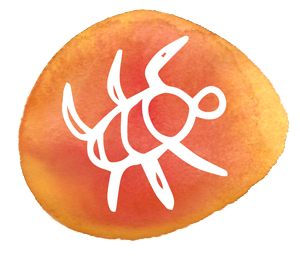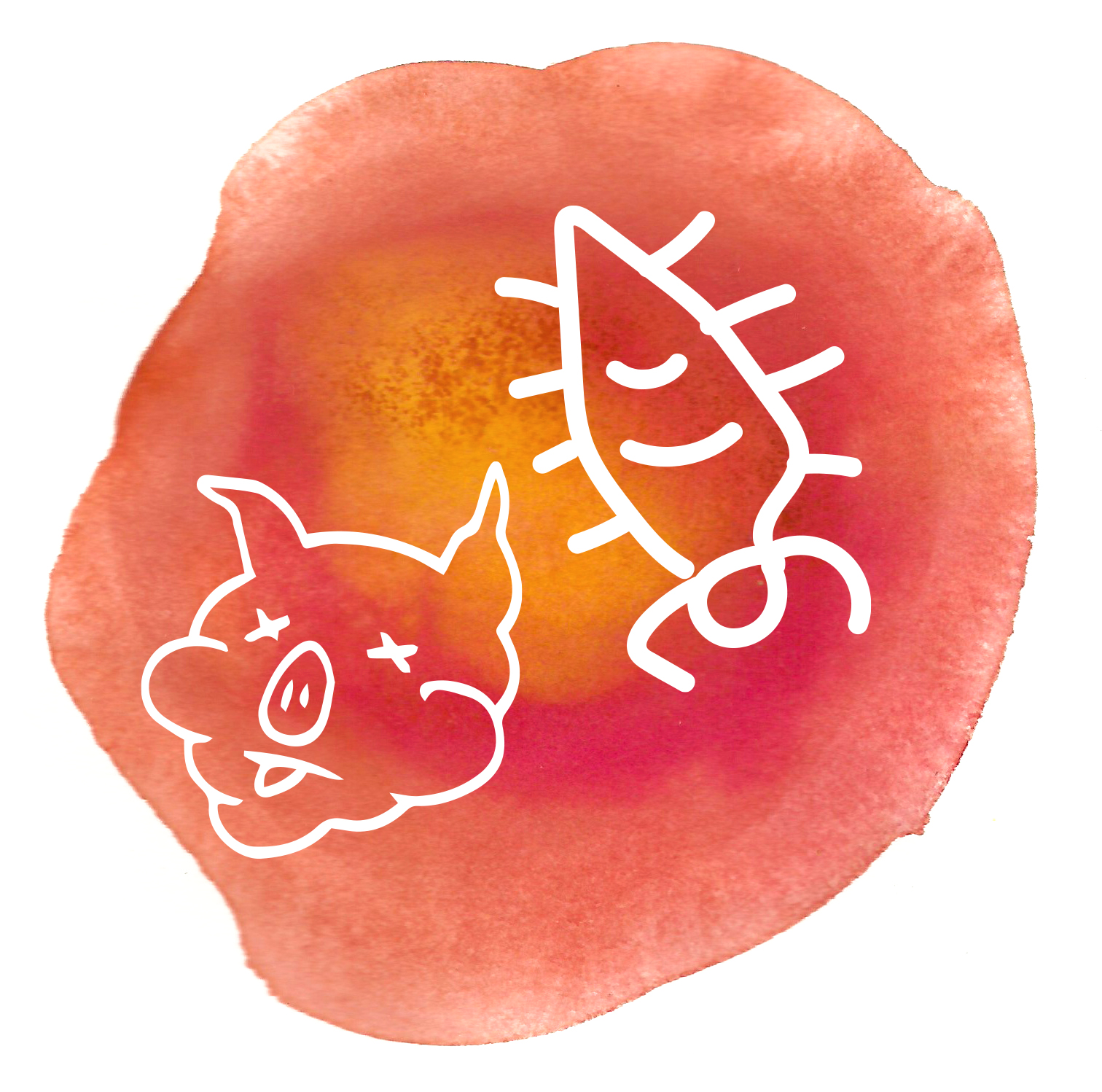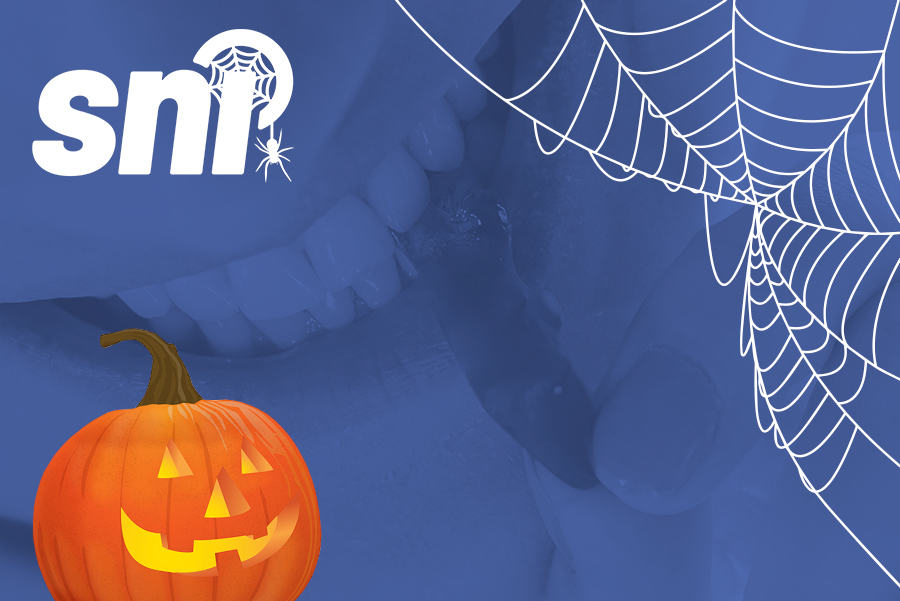It's important that consumers know what’s in their food, that’s why we spend so much time ensuring that nutrition fact labels provide these details! But, after reading these gross food facts about some of your favourite snacks, you (and your stomach) might argue that ignorance is bliss.
This collection of food facts might cause your skin to crawl- but what’s October without a few scares?

Who can resist a dollop of whipped cream on top of their pumpkin pie? After you learn this food fact you may find yourself turning down the whipped delicacy. Whipped cream often contains gelatin, a thickening or stabilizing ingredient that is made from animal by-products like hooves, bones, and connective tissues. Hold the hooves, please!

If cherry is your favourite jellybean flavour, you might want to stop reading. The dye that is commonly used to colour many red candies and beverages is often made of crushed cochineal beetles; an ingredient known as carmine extract. Carmine extract gives candy that lustrous glaze that catches your eye and makes your mouth water. This thought may make you cringe instead - Approximately 70,000 cochineal beetles are used to create around one pound of carmine.


If you top your pumpkin pie with ice cream opposed to whipped cream, don’t assume that your favourite classic combo is exempt from this list. Castoreum, a flavour enhancer, is sometimes used in vanilla, raspberry, and strawberry flavourings. It's derived from the beaver’s castor gland, which is eerily close to the rodent’s anal gland. Beavers use castoreum to mark their territory and deter predators, while humans use castoreum to flavour desserts like ice cream, pudding, and brownies. So, next time you indulge in a scoop of ice cream, just be aware that nature's critters might have had a hand (or gland) in the flavour!

Fall and cinnamon go hand in hand. The classic spice is a staple in both sweet and savoury dishes, as well as a popular addition to many seasonal caffeinated drinks like a Pumpkin Spice Latte. If ordering a PSL is your favourite part of fall, this fact might make you opt for a black coffee instead. According to the FDA, 50 grams of ground cinnamon may contain up to 400 insect fragments and 10 rodent hairs, while 10 grams of ground nutmeg may contain an average of 100 or more insect fragments. These statistics made us depresso!


Fall themed beverages don’t have to be limited to lattes and cappuccinos. Many dark and malty beers are best enjoyed on a crisp October evening- though this fact may cause you to think twice before cracking your next cold one. Isinglass, obtained from fish bladders, is used in the production of some beers and wines to clarify the liquid. Looks like these beverages have a real "catch" to their clarity.

Watching scary movies while munching on popcorn is a longstanding October tradition, but even seasoned horror fans are sure to find this fact terrifying. The FDA advises that one pound of popcorn may include 20 or more gnawed grains, and one subsample of popcorn may include “1 or more rodent excreta”. A kernel of wisdom- make sure you are examining your bowl of popped treats extra carefully this spooky season.

Candy corn is consistently ranked as one of the top 10 most popular seasonal snacks in Canada and the United States. Invented in 1880, we all have fond childhood memories of candy corn- though after learning what is on the ingredient list, we sort of wish we could forget sneaking handfuls of the sickly-sweet treat. Like whipped cream, candy corn often contains gelatin, a processed collagen that is extracted from the skin, bones, cartilage, and tendons of animals like cows, pigs, and horses. Gelatin is often used to give candy corn its signature chewy texture. It gets worse- candy corn is often coated in “confectioner’s glaze”, or lac-resin. Lac-resin is derived of the secretions of the Kerria Lacca bug, a small beetle primarily found in South-east Asia. That certainly puts the “ick” in “trick or treat”.


As the weather gets colder, we begin to crave our favourite comfort foods. A piping hot bowl of homemade mac n’ cheese warms your belly after spending time outside in the bitter cold- though this fact may encourage you to check out some vegan cheddar instead. Shredded cheese, our go-to condiment for some of our favourite feel-good foods like nachos or soup, often contains cellulose, an anti-caking agent made from wood pulp. It's used to prevent clumping, but consuming too much can be detrimental to digestive health. Hard varietals of cheese like Parmesan, Cheddar, Manchego, and Swiss are traditionally made using rennet. Rennet, used to curdle milk during cheese-making, is often sourced from the stomachs of calves. We think this freaky fact made us “lac-ghost-intolerant.”

Thanksgiving dinner is never complete without gravy, but sometimes you just don’t have the time to make the sauce from scratch. Including canned mushrooms in your recipe may seem like a great idea when you are looking to save a few minutes in the kitchen, but we think this fact might change your mind. According to FDA regulations, canned mushrooms may contain "over 20 or more maggots of any size per 100 grams of drained mushrooms and proportionate liquid". We’ll be sticking to Grandma’s homemade gravy this year.


Figs are typically in season from July until October, making them a popular addition to autumn charcuterie boards and cheese platters. These sweet treats are classified as flowers, not fruits, which means that they must be pollinated. Female fig wasps pollinate male figs from the inside, they lay their larvae inside the pod before dying. Unfortunately, nature is not perfect, and sometimes fig wasps attempt to pollinate female figs- which are produced for human consumption. So, before digging into your jar of fig jam, keep in mind that you may be getting some extra protein!
Share these disturbing food facts with your best goblins and ghouls





